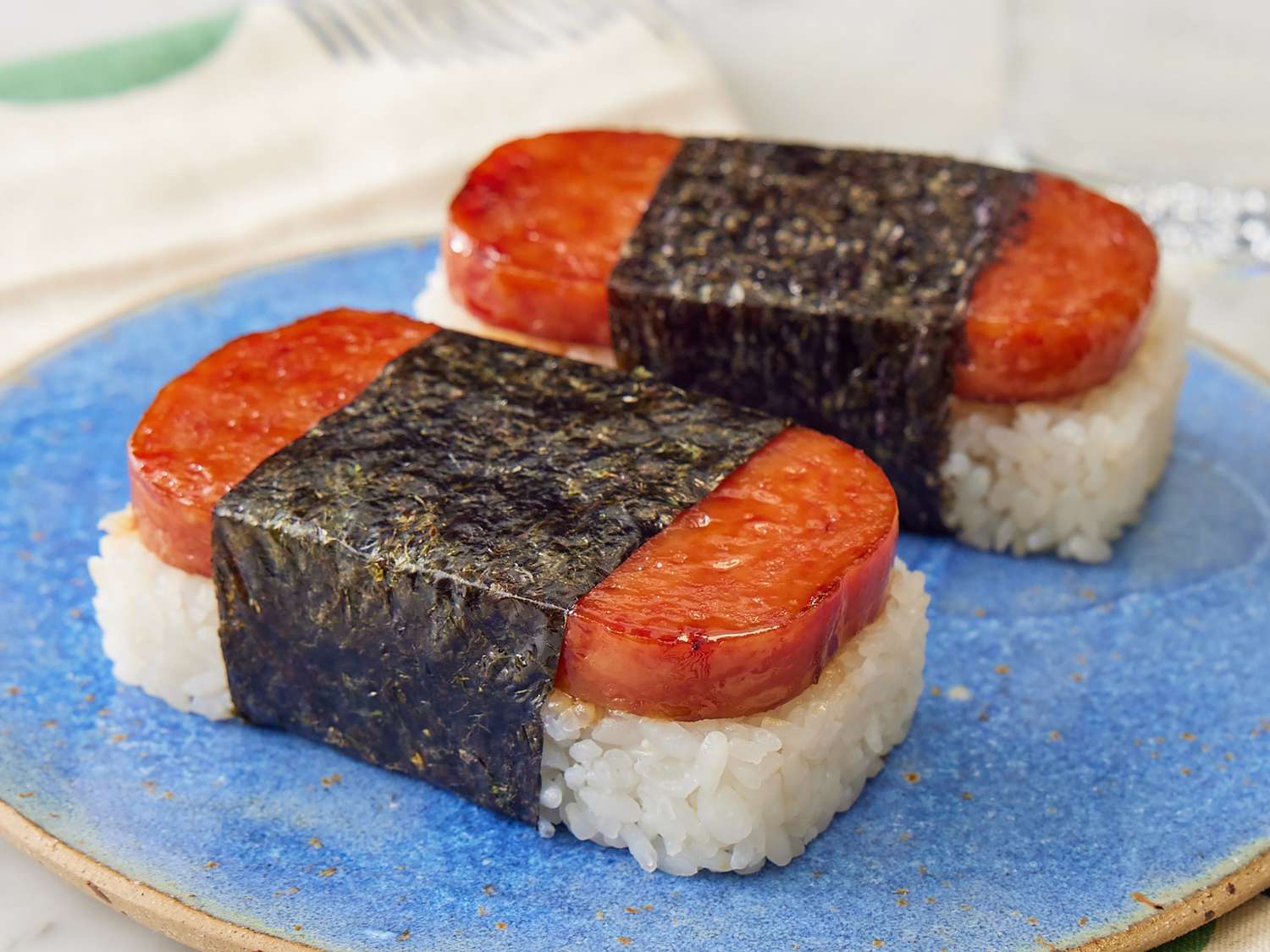Spam — the canned cooked meat made primarily from pork and ham — has been a global kitchen staple for over eight decades. First introduced by Hormel Foods in 1937, Spam quickly became popular due to its convenience, long shelf life, and distinctive salty flavor. While it started as a simple wartime food, Spam has evolved into a versatile ingredient loved in kitchens around the world. Today, chefs and home cooks alike use Spam in creative ways to make comforting, flavorful dishes.
Let’s take a closer look at how Spam is used in different cuisines and the unique recipes that make it shine.
1. Spam in Asian Cuisine
Spam holds a special place in many Asian countries, particularly in South Korea, Japan, the Philippines, and Hawaii (which, while part of the U.S., has deep Asian culinary influences).
In South Korea, Spam became popular after the Korean War, when meat was scarce. It’s now a beloved ingredient in dishes like Budae Jjigae (Army Stew), a hearty soup made with Spam, sausages, instant noodles, kimchi, and gochujang. Koreans also fry Spam slices to serve with rice and fried eggs as part of a simple breakfast or lunch box meal.
In Japan, Spam is used in Spam Musubi, a snack made of a slice of fried Spam placed on top of rice, wrapped together with nori seaweed. It’s a portable, tasty bite that combines the umami of Spam with the subtle sweetness of sushi rice.
In the Philippines, Spam is often pan-fried and served with garlic rice and fried eggs — a combination known as Spamsilog (Spam + sinangag + itlog). It’s a favorite breakfast dish, both comforting and filling.

2. Spam in Hawaiian Dishes
Hawaii is perhaps the place most famously associated with Spam. Locals consume more Spam per person than anywhere else in the United States. Introduced during World War II, it became part of island culture and remains deeply loved today.
Spam Musubi, the Hawaiian version of the Japanese dish, is sold in convenience stores, gas stations, and even fine dining restaurants. Hawaiians also add Spam to fried rice, omelets, and noodle soups, blending it with tropical flavors like pineapple and teriyaki sauce. Its salty richness pairs perfectly with sweet and savory island ingredients.
3. Spam in Western Dishes
In the United States and the United Kingdom, Spam was initially seen as a quick, affordable protein. Today, it’s making a nostalgic comeback in comfort food and gourmet reinterpretations.
In America, Spam can be found in breakfast scrambles, grilled cheese sandwiches, or even Spam burgers topped with eggs or cheese. Some people use it as a bacon substitute, frying thin slices until crispy and serving them with pancakes or waffles.
In the UK, Spam fritters — battered and fried Spam slices — are a classic dish that dates back to the postwar era. Crispy on the outside and tender inside, they’re often served with chips or peas for a traditional British feel.

4. Creative and Modern Uses
Modern chefs and home cooks continue to experiment with Spam, turning it into everything from tacos to sushi rolls to pasta toppings. Its versatility lies in its flavor balance — salty, savory, and slightly sweet which complements rice, noodles, bread, and even vegetables.
You can dice Spam into fried rice, mix it into ramen, or cube it for salads. When grilled or air-fried, Spam develops a crispy edge that enhances its taste and texture.
Final Thoughts
Spam may have humble origins, but its culinary journey proves it’s more than just a canned meat. Across Asia, the Pacific, and the West, Spam has adapted to local tastes and become part of cultural identity. Whether it’s fried, grilled, or added to soups, Spam continues to inspire creativity in the kitchen.
So the next time you open a can, think beyond breakfast — because with Spam, the possibilities are endless.





